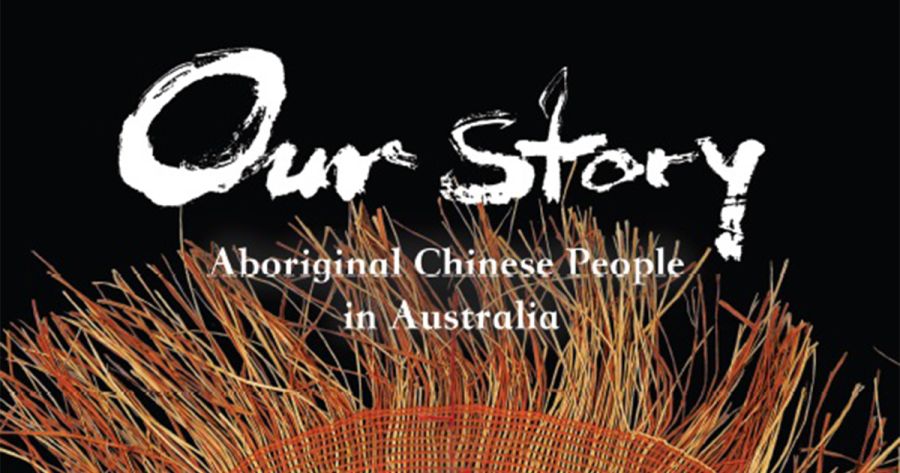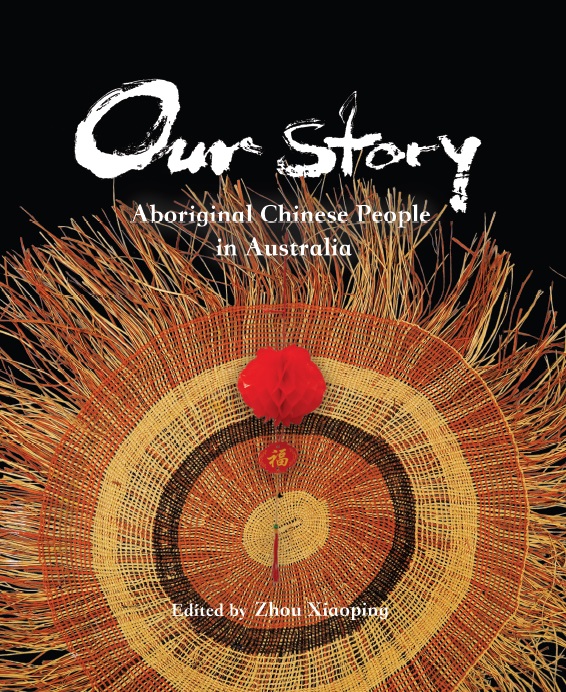
- Free Article: No
- Contents Category: Australian History
- Review Article: Yes
- Article Title: Little known
- Article Subtitle: A long multicultural past
- Online Only: No
- Custom Highlight Text:
It is deeply sobering to be writing about the depth of the history of multicultural Australia only days after rallies against immigration have been held and in the midst of a palpable and disturbing negative response to non-white immigration. There are echoes of the shameful twentieth-century White Australia policy. Far from being a recent phenomenon, multiculturalism has been an integral aspect of Australian society since European settlement in the late eighteenth century. This collection, edited by the artist Zhou Xiaoping, is the outcome of a three-year research project and is the companion monograph for Our Story: Aboriginal Chinese people in Australia, a free, ground-breaking exhibition currently at the National Museum of Australia in Canberra that will run until late January 2026.
- Book 1 Title: Our Story
- Book 1 Subtitle: Aboriginal Chinese people in Australia
- Book 1 Biblio: Museum of Chinese Australian History, $49.95 pb, 251 pp
- Book 1 Cover Small (400 x 600):

- Book 1 Cover (800 x 1200):

Our Story accomplishes three significant things: first, it reinstates the importance of the Chinese role in colonial Australia’s development; second, it sheds light on the little-known history of Chinese and First Nations relations; and, finally, it reminds us that colonial Australia was multicultural: intercultural and interracial interactions are nothing new.
The original research project collated English and Chinese historical documentation and collections, and oral histories, focused on the period following the mid-nineteenth-century gold rushes when Indigenous people commonly came into contact with Chinese arrivals. Both groups were profoundly marginalised by mainstream (read white) society and frequented liminal spaces on the margins of white settler society. Both groups shared the experience of prejudice, discrimination, and occasional violence. This material, blended with stunning contemporary artistic expressions, is used to support the National Museum of Australia exhibition as it traces the intersection of Aboriginal and Chinese people in Australia.
The editor and guest curator Zhou Xiaoping, originally from Anhui province in East China, arrived in Australia in 1988. Over the ensuing three decades he has collaborated extensively with the Aboriginal artistic communities of the Northern Territory, from the Central Desert to Arnhem Land. He is possibly best known for his evocative collaborations with the late Arnhem Land painter Johnny Bulunbulun. In a rare partnership, and at times controversially, Bulunbulun taught Zhou how to do ‘traditional’ bark painting.
Our Story is lavishly illustrated and printed on high-quality art paper. It includes essays from historians, artists, and descendants of both Indigenous and Chinese communities. Recently the artist Gary Lee, who confronts themes of masculinity and beauty through a lens shaped by his Larrakia, Wardaman, Filipino, Chinese, Scottish, and German origins, noted of the exhibition and the accompanying book, that it is ‘refreshing to see shared Aboriginal-Chinese stories acknowledged and to give these stories a conceptual and imaginative platform through the arts’. Lee explains:
It’s a subject of great interest to me as an artist of Aboriginal and Asian heritage and as I continue to learn more in particular about my own family histories relating to Aboriginal and Chinese ancestors in Australia’s northern frontier.
Our Story synthesises two distinct tiers of historical knowledge. One is the authorised, verified, and documented past of specific people, places, and events. The contributors have assembled this material which then serves as a foundation for the second layer of information: family stories, memories, and fragmentary accounts that have been steadfastly passed down through generations.
With a blend of high-quality scholarship from several of Australia’s foremost historians – including Christina Choo, Henry Reynolds, Ian D. Clark, and Mark Finnane – the editor and contributors have created a beautifully constructed book. However, this is much more than an academic or scholarly tome; rather, it deftly weaves together personal histories, voices of families and individuals, and visual narratives found in photography and contemporary art.
Artist and exhibition contributor Jason Wing noted in an interview that, for him, ‘being Chinese and Aboriginal’ was crucial to his identity and artistic practice. He noted, ‘our voices are under-represented, [and Our Story] is part of making it household knowledge’. Professor Peter Yu, who similarly has both Chinese and Aboriginal heritage, has contributed a moving preface introducing the project. He observes the importance of the collective history of Chinese-Aboriginal people and writes that, Our Story ‘beautifully captures the voices of contemporary families of Aboriginal and Chinese heritage [and] tells of this important history that will not be silenced’.
This is a book that will appeal to art lovers as well as history buffs. Our Story is precisely that – it is our story: we are a nation with a deep history of cross-cultural interactions. This book, and the exhibition it derives from, are a celebration of just one aspect of the colourful tapestry that makes modern Australia.


Comments powered by CComment